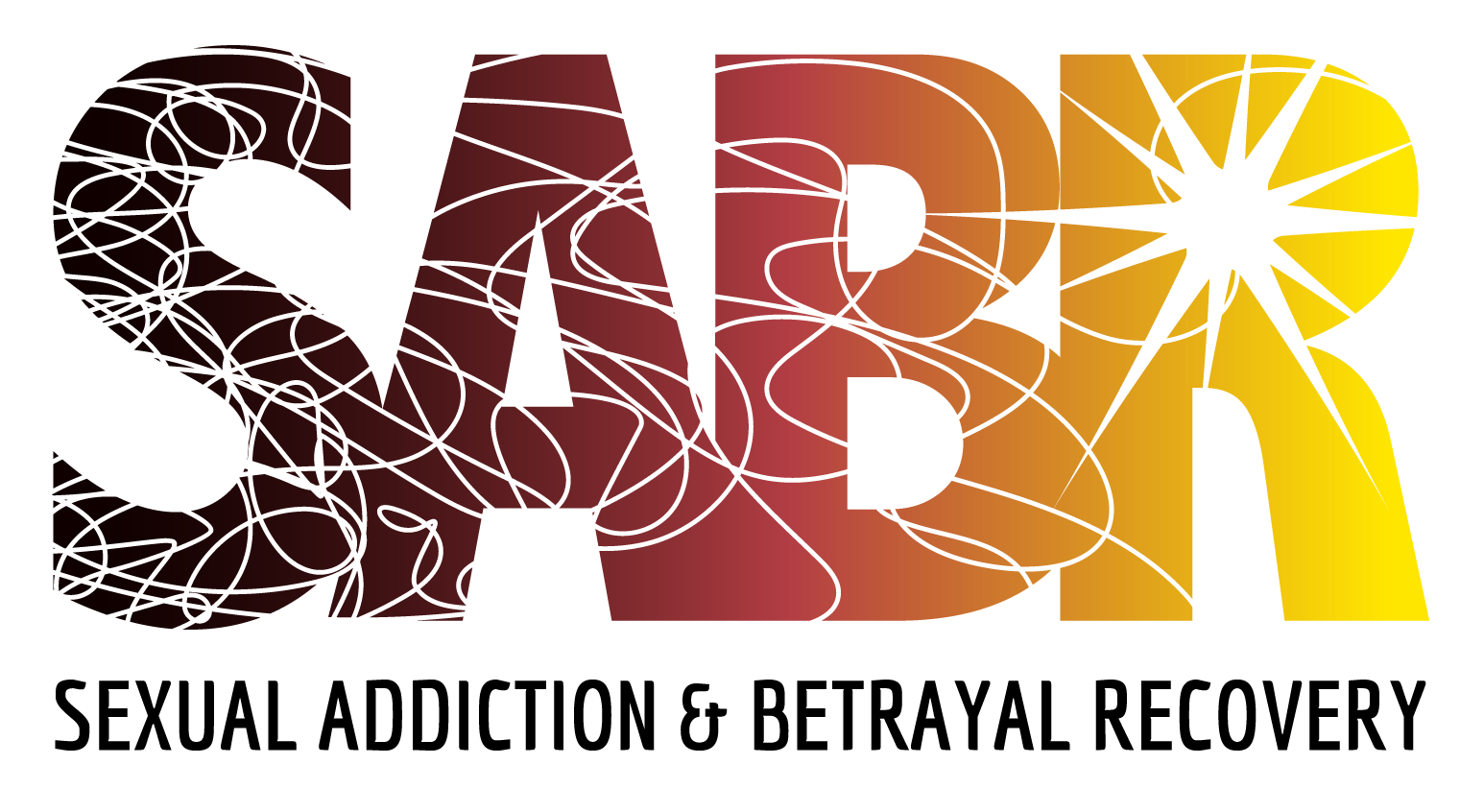
Understanding the Biochemical Impact
Treatment for pornography addiction, a challenge increasingly encountered in therapy sessions, is not solely a behavioral issue but also a biochemical one. Critical to this understanding is the role of neurotransmitters such as epinephrine, dopamine, oxytocin, testosterone, and norepinephrine. These chemicals, which orchestrate a range of emotions and bodily functions, play pivotal roles in the addictive cycles associated with pornography. Recognizing how these neurotransmitters interact provides a foundational insight for both individuals and professionals navigating the path to recovery.
Dopamine: The Reward Pathway
Dopamine, often dubbed the "feel-good" neurotransmitter, is central to the brain's reward system. It reinforces behaviors by providing a sense of pleasure and satisfaction. In the context of pornography addiction, dopamine levels spike with consumption, creating a feedback loop that encourages repeated engagement with such materials despite potential negative consequences.
Oxytocin and Testosterone: Bonding and Desire
Oxytocin, known as the "love hormone," and testosterone, a key hormone regulating sex drive, together exacerbate the compulsive patterns seen in pornography addiction. Oxytocin facilitates emotional bonding and connection, which can be misdirected towards the images or videos consumed, rather than in healthy interpersonal relationships. Testosterone amplifies sexual desire, further fueling the compulsion to seek out pornographic material.
Epinephrine and Norepinephrine: Stress Response
Both epinephrine and norepinephrine are involved in the body's stress response, known as the fight-or-flight mechanism. These neurotransmitters can heighten states of arousal and alertness, which, when combined with the consumption of pornography, can create a highly addictive adrenaline rush. This can lead to an unhealthy reliance on pornography as a means to cope with stress or escape from it.
A Comprehensive Approach to Recovery
The SABR program at Family Strategies Counseling Center integrates the understanding of these biochemical dynamics into its recovery strategy. By educating individuals about the neurochemical impacts of their addiction, the program empowers them to identify and manage the triggers and cravings that drive their behavior. This approach, grounded in both the psychological underpinnings of addiction and the latest in neuroscientific research, emphasizes the importance of therapeutic intervention in breaking the cycle of addiction.
Recovery: Harnessing Knowledge for Healing
Understanding the role of neurotransmitters in pornography addiction opens the door to targeted therapeutic interventions. Strategies that focus on rebalancing these chemicals through lifestyle changes, such as exercise, diet, mindfulness practices, and social engagement, can complement traditional therapy. Moreover, medications that regulate neurotransmitter levels may be beneficial in some cases, providing a multi-faceted approach to recovery.
Conclusion
Recognizing the biochemical roots of pornography addiction is a crucial step towards effective treatment and recovery. The interplay of epinephrine, dopamine, oxytocin, testosterone, and norepinephrine underscores the complexity of addiction, pointing towards a need for comprehensive therapeutic approaches. With the right tools and understanding, recovery is not only possible but achievable. Let the knowledge of these biochemical processes be a guide to overcoming addiction, offering hope and encouragement to those on the journey towards healing.
Family Strategies Counseling Center has actively serviced clients since 2000 with treatment for pornography addiction and sexual compulsions. Our SABR program for adults, Tribe for college, and Band of Brothers for teens can help you! Give us a call (800) 614-8142 or visit our website for more information: www.FamilyStrategies.org.

 -->
-->